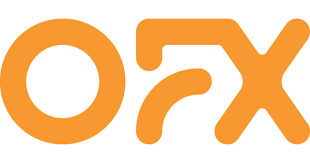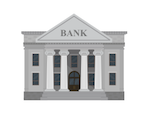Top 3 Money Transfer Providers for Canada to USA
| Provider | Amount To Send | Fee | Exchange Rate | Speed | ||
|---|---|---|---|---|---|---|
 |
OFX (prev. CanadianForex) | CAD $10,000.00 | No Fee | 0.7221 | 1-3 days | more... |
 |
TorFX | CAD $10,000.00 | No Fee | 0.7228 | 1-3 days | more... |
 |
Currency Solutions | CAD $10,000.00 | No Fee | 0.721 | 1-3 days | more... |






